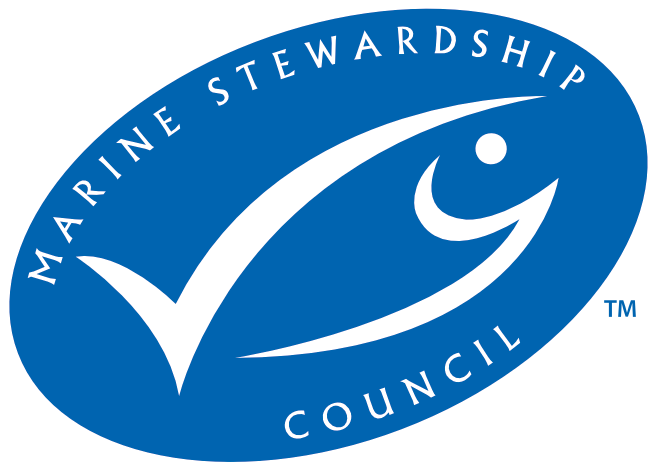
- Certifier :
- Global Trust Certification Ltd.
- Certified status :
- Certified
- Certified since :
- 29 May 2014
- Certificate expires :
- 12 Nov 2025
Overview
Fisheries are composed of one or more parts, each of which is entitled to receive an MSC certificate. These parts or “units” are defined by their target stock(s), fishing gear type(s) and if relevant vessel type(s), and the fishing fleets or groups of vessels.
When the term “Unit of Certification” is used for fishing units that are in assessment, it refers to the “Unit of Assessment” or “Unit of potential certification”. Expand a status below to view the parts that form this fishery. To check the detailed scope, download the latest certificate or open the Assessments page to get the latest report. Find out more by visiting our page on Fisheries
Catch by Species
| Species | Reported Catch Year | Metric Tonnes |
|---|---|---|
| Atlantic herring (Clupea harengus) | 2023 | 94,422 |
Information is provided by an independent Conformity Assessment Body as live weight (the weight of species at the time of catch, before processing) and where a fishing season covers multiple years, the end year is given as the reported catch year. Additional information is available in the latest report, see the assessments page.
Eligibility, client groups and vessel lists
A fishery may choose to define the members of the fishery certificate. These members can be vessels or other client group members (e.g. companies that own vessels and/or companies that are named as eligible to handle certified product covered within the fishery certificate scope). Please refer to the fishery certificate statement on additional product specific eligibility criteria (e.g. product eligibility limitations, eligibility date, exclusive points of landing and the point where Chain of Custody certificate is required). Please consult the fishery Public Certification Report for product eligibility rationale.
| Documents | Published on | Files |
|---|---|---|
| Vessel List | 03 Jan 2019 | 1 files |
| List of client group members | 08 Jul 2019 | 1 files |
About this Fishery
The six vessels operating in this fishery target the Atlantic herring, using midwater trawls and seines.
Herring serve as a bio-indicator of clean and oxygenated waters. Two separate populations are involved. The Norwegian-Icelandic spring spawning herring stock spawns along the coast of central Norway. Generally the larvae then drift to nursing areas along the coast of northern Norway, Russia and in the Barents Sea, where the juveniles stay until they are sexually mature at the age of four to six.
When mature, the herring undertake large-scale feeding migrations to the waters north and east of Iceland. During winter the stock condenses into large schools in the waters east of Iceland, and during the spring it moves back to the Norwegian spawning grounds. This pattern does however vary according to changing oceanographic conditions, stock size and stock composition. The Icelandic summer spawning herring is a separate coastal stock and does not leave Icelandic waters. It also differs in that it spawns in July.
Both methods used in the fishery reduce bycatch and seabed damage. The trawl is designed and rigged to fish in midwater, including in the surface water, and is therefore not intended to come in contact with the seabed. Any inadvertent contact is extremely rare – and would risk causing expensive damage to the net. For purse seining, effective use requires that fish form dense aggregations on or close to the surface of the water.
ISF Norwegian & Icelandic herring trawl and seine vessel image © Örn Rósmann Kristjánsson
Market Information
Recent annual figures show that 37,717 tonnes of Atlanto-Scandia herring are harvested, along with 20,000 tonnes of Icelandic summer spawning herring. The main markets are within the EU, Poland and France; Eastern Europe to Ukraine; Russia and Belarus; and Africa (Nigeria is biggest African market). Fishmeal and fish oil goes to feed producers, mainly in Western Europe.
